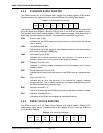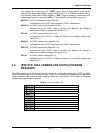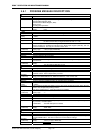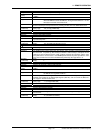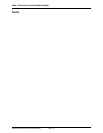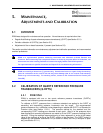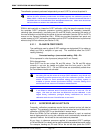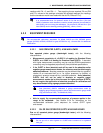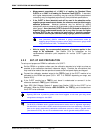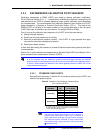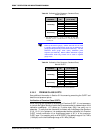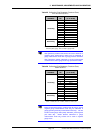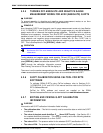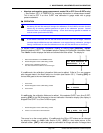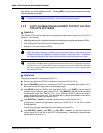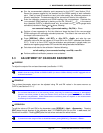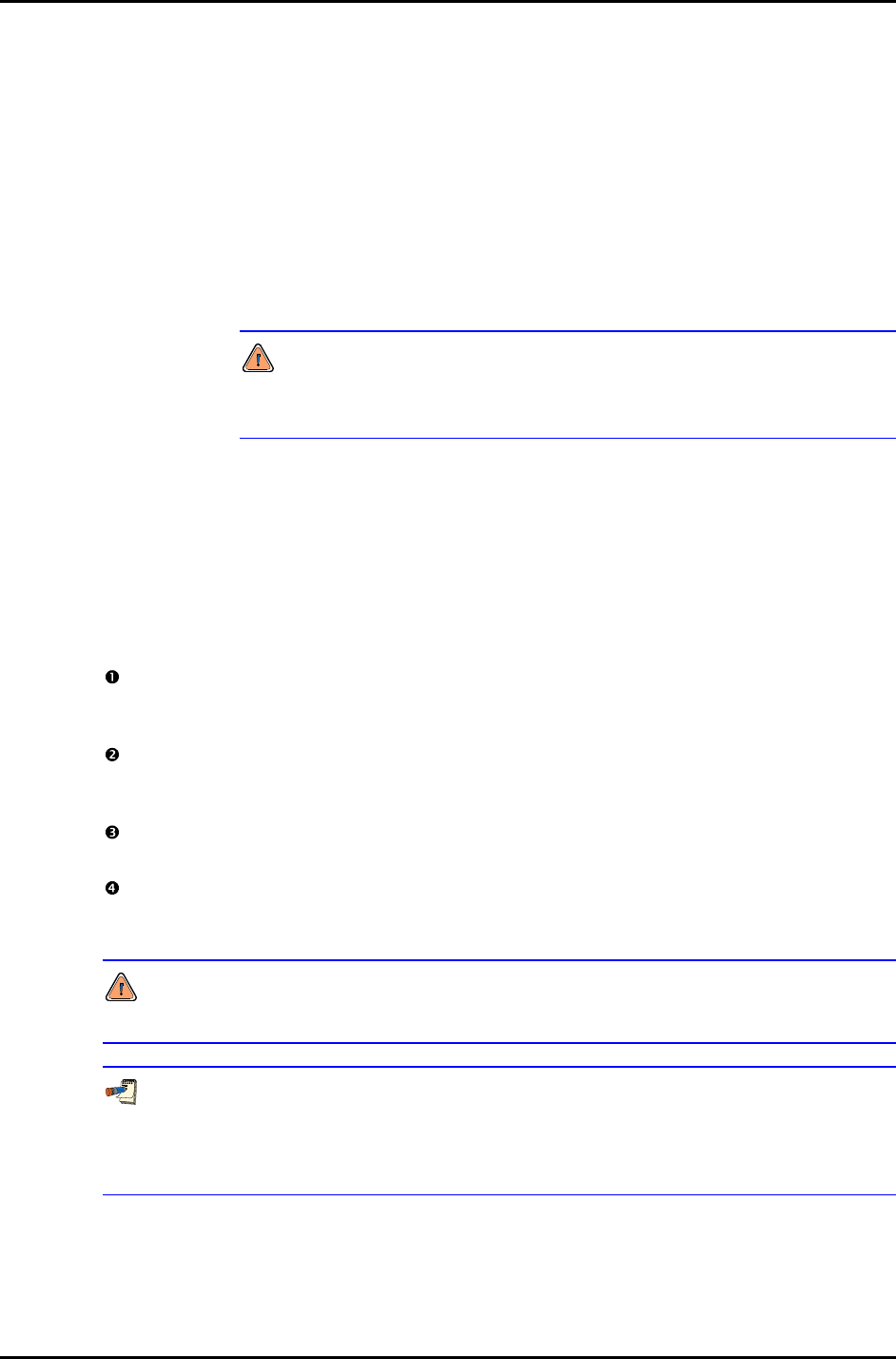
RPM4™ OPERATION AND MAINTENANCE MANUAL
© 2004-2007 DH Instruments, a Fluke Company Page 118
• Measurement uncertainty of ± 0.008 % of reading for Standard Class
Q-RPTs or ± 0.005 % of reading for Premium Class Q-RPTs. A standard
with higher measurement uncertainty may be used but RPM4 measurement
uncertainty may be degraded proportionally from published specifications.
• If the Q-RPT is Axxx (absolute) and will be used in the absolute and/or
negative gauge measurement modes, the reference must be able to apply
absolute pressures: Absolute pressures may be defined by adding
atmospheric pressure measured by a barometer to gauge pressure defined by a
piston gauge. Axxx (absolute) Q-RPTs that will not be used in absolute or
negative gauge measurement modes (as is very often the case for higher
pressure Q-RPTs) do not require the application of absolute pressure
for calibration and may be calibrated using a gauge pressure standard.
Axxx (absolute) Q-RPTs calibrated in gauge measurement mode by
applying gauge reference pressure values should be used in gauge mode
only (see Sections 3.3.3, PRINCIPLE, 5.2.5).
• Able to supply the recommended sequence of pressure points in the
range to be calibrated: See Section 5.2.4 for information on the
recommended calibration point sequence for various Q-RPT types and
classes.
5.2.3 SET-UP AND PREPARATION
To set-up and prepare an RPM4 for calibration of a Q-RPT:
Set the RPM4 on a stable surface near the calibration standard at a height as close as
possible to the calibration standard’s reference height. Consider the connections that
may need to be made to the rear panel and access to the front panel display and keypad.
Connect the calibration standard output to the TEST(+) port of the Q-RPT module to be
calibrated on the RPM4 rear panel (1/8 in. NPT F or DH500F depending on range, see
Section 2.3.5).
If the Q-RPT module has a TEST(-) port, leave it unobstructed or connect it to the
reference standard’s TEST(-) port if available.
Open SDS (Self Defense System) if present (see Section 3.3.8) for the Q-RPT to be
calibrated. When the RPM4 indicates <SDS CLOSED>, the TEST(+) port is isolated from
the Q-RPT to be calibrated.
Opening SDS with a pressure greater than Pmax! applied to the test port may cause
overpressure damage to the Q-RPT.
The Q-RPTs of RPM4s used in parallel measurement mode must be adjusted separately.
PA and PM for the Hi and Lo Q-RPT need to be determined and set individually. Therefore,
data to be used in determining calibration coefficients cannot be taken in parallel mode
(see Section 3.5.7.3). Do not run a calibration with the HL (parallel mode) Q-RPT active.



